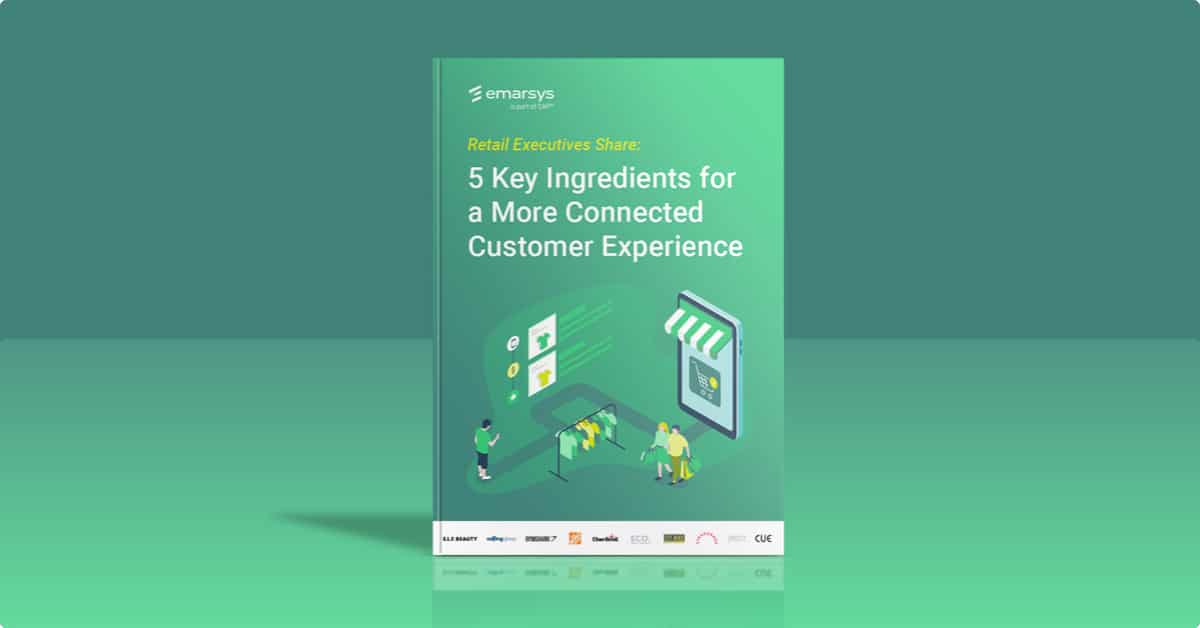What is conversion?
Conversion, as it is defined in marketing, is the point at which the recipient of a marketing message ( email, digital ad, SMS, etc.) takes the desired action the message was intended to drive.
In some instances this action could be a sale, in others it could be a newsletter sign-up or an eBook download.
Conversion is typically achieved through specific, targeted marketing activities, and analysis of user data to determine how best to engage with potential customers.
At its core, conversion is about taking an interested prospect and providing valuable content that drives their decision to complete a desired action which brings them closer to becoming a paying customer.
What is a conversion strategy?
Conversion strategies typically involve implementing targeted campaigns, collecting user data and using it to determine how best to engage potential customers, and testing different approaches to see what works best.
Conversion strategies look at everything from optimizing content and evaluating the effectiveness of marketing channels, to personalizing messages and creating offers that appeal to targeted audiences. Brands who create successful strategies can reap huge rewards in terms of revenue growth and customer acquisition.
What factors negatively affect conversion?
Poor website design or user experience: Site design and user experience play an important role in driving conversions. If a website is difficult to navigate and hard to understand, users won’t convert.
Insufficient A/B testing: A/B testing different elements that comprise a digital campaign can help marketers understand what’s driving conversion. Without adequate testing, it’s more difficult for marketers to execute campaigns that consistently deliver high conversion rates.
Ad saturation: Though digital ads are an effective means of driving revenue, too many ads can turn away visitors. This can drastically affect conversion rates as no one wants to be bombarded with ads while trying to find information about a product or service.
Lack of personalization: Personalizing messages for segmented audiences allows marketers to offer relevant content that resonates with each individual customer. Without personalization, customers are less likely to feel connected and engaged with your brand, leading to low conversion rates.
Slow page load times: Slow loading times can significantly reduce conversions as users tend to lose interest if they have to wait too long for pages or content to load. Improving page speed should be an essential part of any optimization strategy in order to maximize conversions and ROI from campaigns.
Leading brands choose Emarsys to improve conversion
Emarsys works with leading brands like PUMA, Pizza Hut, and Nike to increase their acquisition, purchase frequency, average order value, and retention by unifying their customer, sales, and product data to power effective conversion.





